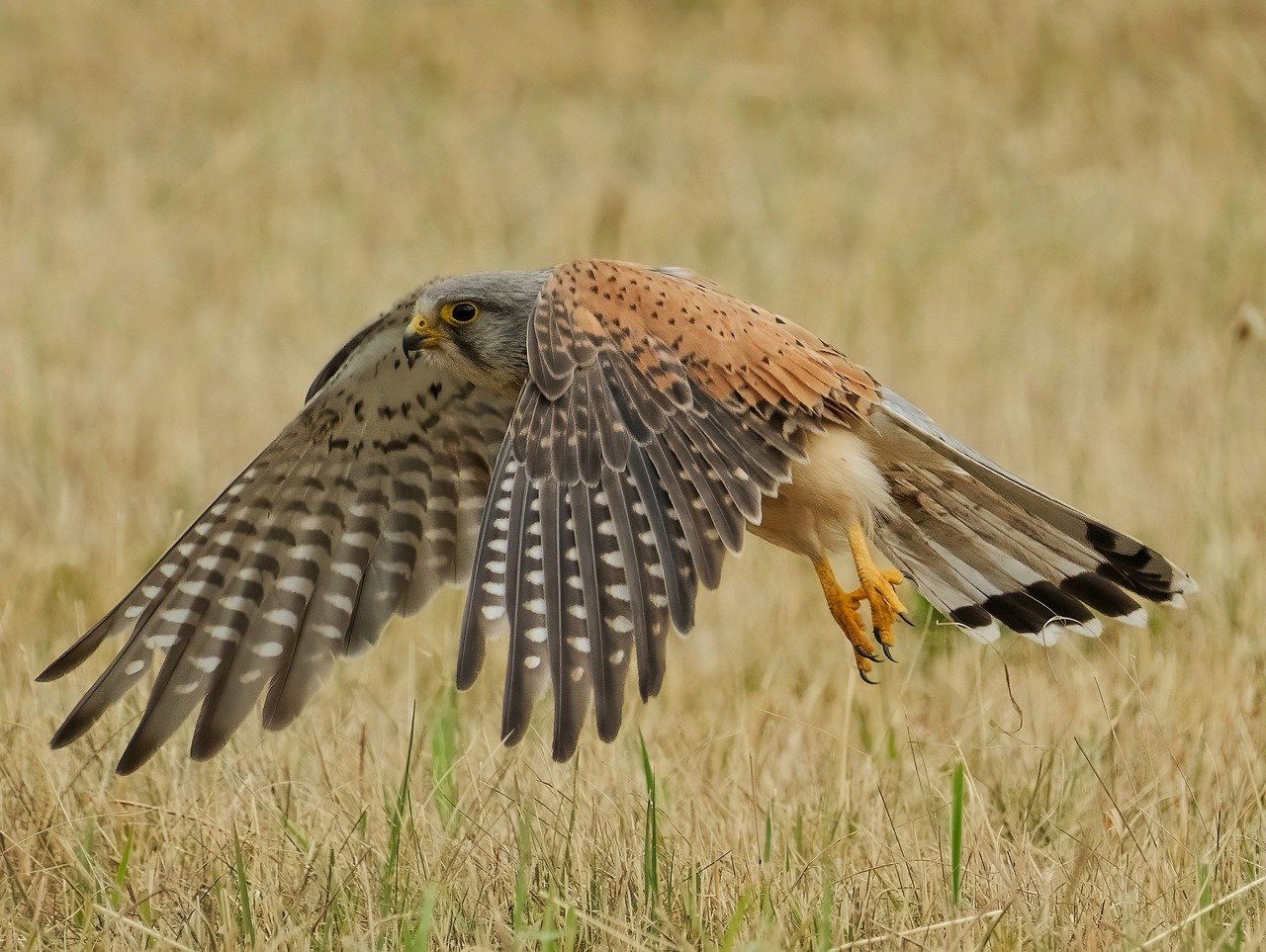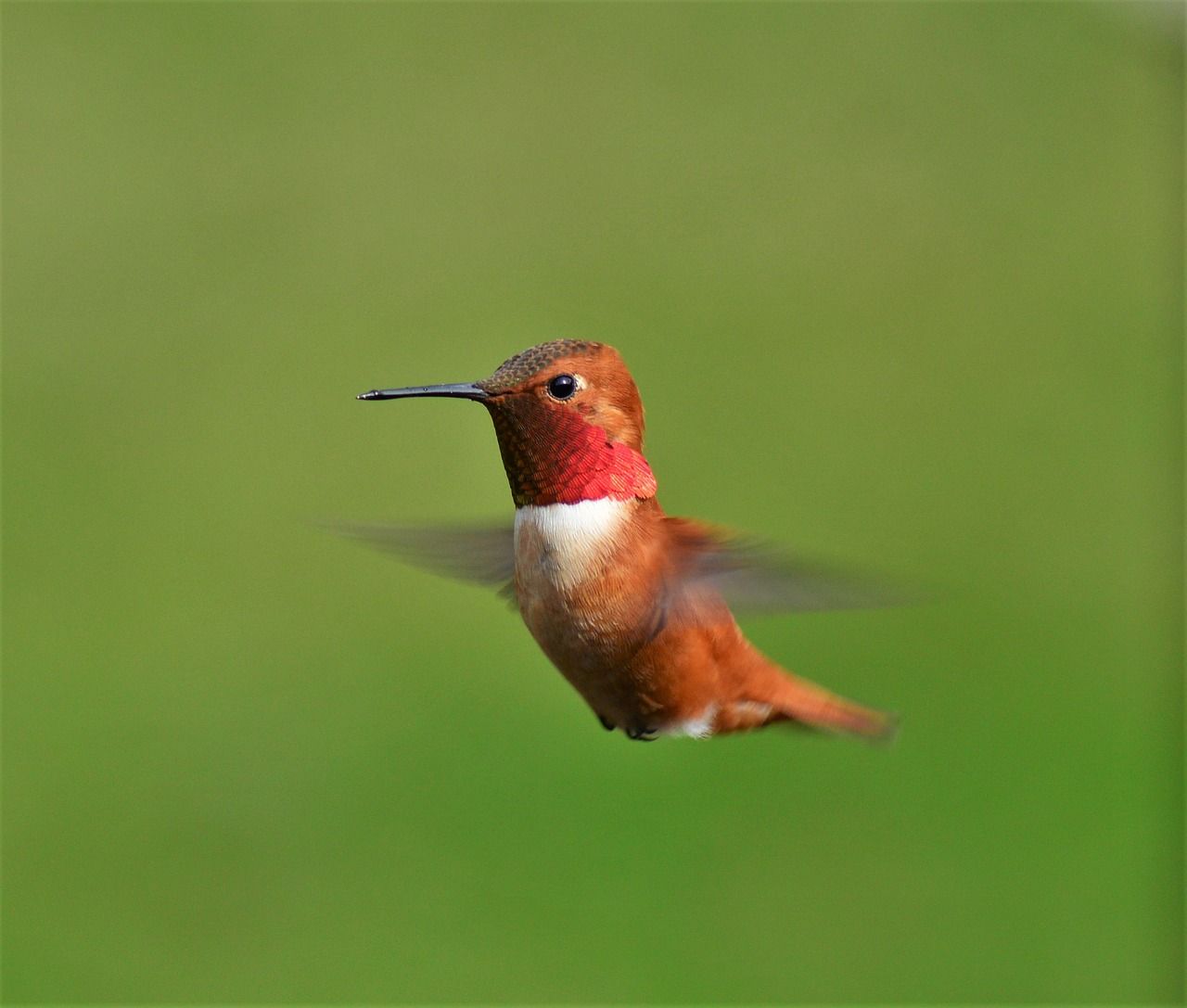Follow us on Google News (click on ☆)
The secret begins with their wing shape. Wings are curved on top and flatter underneath. This shape, called an airfoil, allows air to flow faster over the top than below. When air moves faster, its pressure decreases. The result: higher pressure under the wing pushes the bird upward, creating lift.

Falcon in flight.
Illustration image Pixabay
To move forward, birds flap their wings in a coordinated manner: the downstroke produces both forward thrust and lift, while the upstroke is adjusted to reduce air resistance. Flight muscles, particularly the pectorals, are powerful and represent a significant portion of body mass.
Not all birds fly the same way. Some, like hummingbirds, beat their wings extremely fast to hover in place. Others, like albatrosses, prefer to glide long distances by riding updrafts. Raptors often use spiraling flight to gain altitude without expending much energy.
Feathers play a special role: they're lightweight, strong, and can adjust to control direction and speed. Primary feathers (at the wingtips) mainly provide propulsion and control, while secondary feathers (closer to the body) contribute to lift.

Hummingbird in flight.
Illustration image Pixabay
Finally, skeletal lightness helps tremendously. Birds' bones are hollow but reinforced with internal struts, making them strong yet very light. Breathing is also optimized: air flows almost continuously through the lungs, maximizing oxygen supply for intense exertion.
A bird is a true living flying machine optimized by millions of years of evolution. Each flight demonstrates applied physics, where nature has found a perfect balance between strength, lightness and control.